
Nova Luce MODERN PENDANT GLASS LUMINAIRES Spada Gold Metal
Skanderbeg's Italian expedition (1460-1462) was undertaken to aid his ally Ferdinand I of Naples, whose rulership was threatened by the Angevin Dynasty. Gjergj Kastrioti Skanderbeg was the ruler of Albania (Latin: dominus Albaniae) who had been leading a rebellion against the Ottoman Empire since 1443 and allied himself with several European monarchs in order to consolidate his domains.

Spada family heraldry genealogy Coat of arms Spada
In the late summer of 1457 Hamza advanced on Albania with Izak Bey in co-command of 50,000 men. Wary of ambushes, Hamza led the Turkish army down the Mat River valley to the coastal plain. Hamza's scouts reported that Skanderbeg had pulled back to Lezhe, but actually Skanderbeg had doubled back to Mount Tumenishta.

Scandebeg sword Scanderbech spada Skanderbeg swert Shpata Skenderbeut
Albanesi alla tomba di Skanderbeg. Scanderbeg difese l'Albania dall'Impero ottomano fino alla sua morte, probabilmente di malaria, avvenuta nel gennaio del 1468. L'elmo e la spada di Castriota, a Vienna. La statua di Giorgio Castriota nella piazza principale di Tirana. La statua commemorativa di Scanderbeg a Croia, in Albania.

Spada Fiammeggiante Tempio di Giano Made in Italy
Arms of Skanderbeg. Replica of the Arms of Skanderbeg at the Museum of Kruja. Skanderbeg ( Albanian: Gjergj Kastrioti) was a prominent figure in the history of Albania. His weapons have been subjects of mythical adoration. According to legends, his sword was so heavy that only his arm could wield it. It was also said to be so sharp that it.

The Helmet of Skanderbeg, who first united the tribes of Albania
Skanderbeg's monument in Tirana. The Myth of Skanderbeg is one of the main constitutive myths of Albanian nationalism. In the late nineteenth century during the Albanian struggle and the Albanian National Awakening, Skanderbeg became a symbol for the Albanians and he was turned into a national Albanian hero and myth.. After the death of Skanderbeg, the Arbëresh (Italo-Albanians) migrated from.
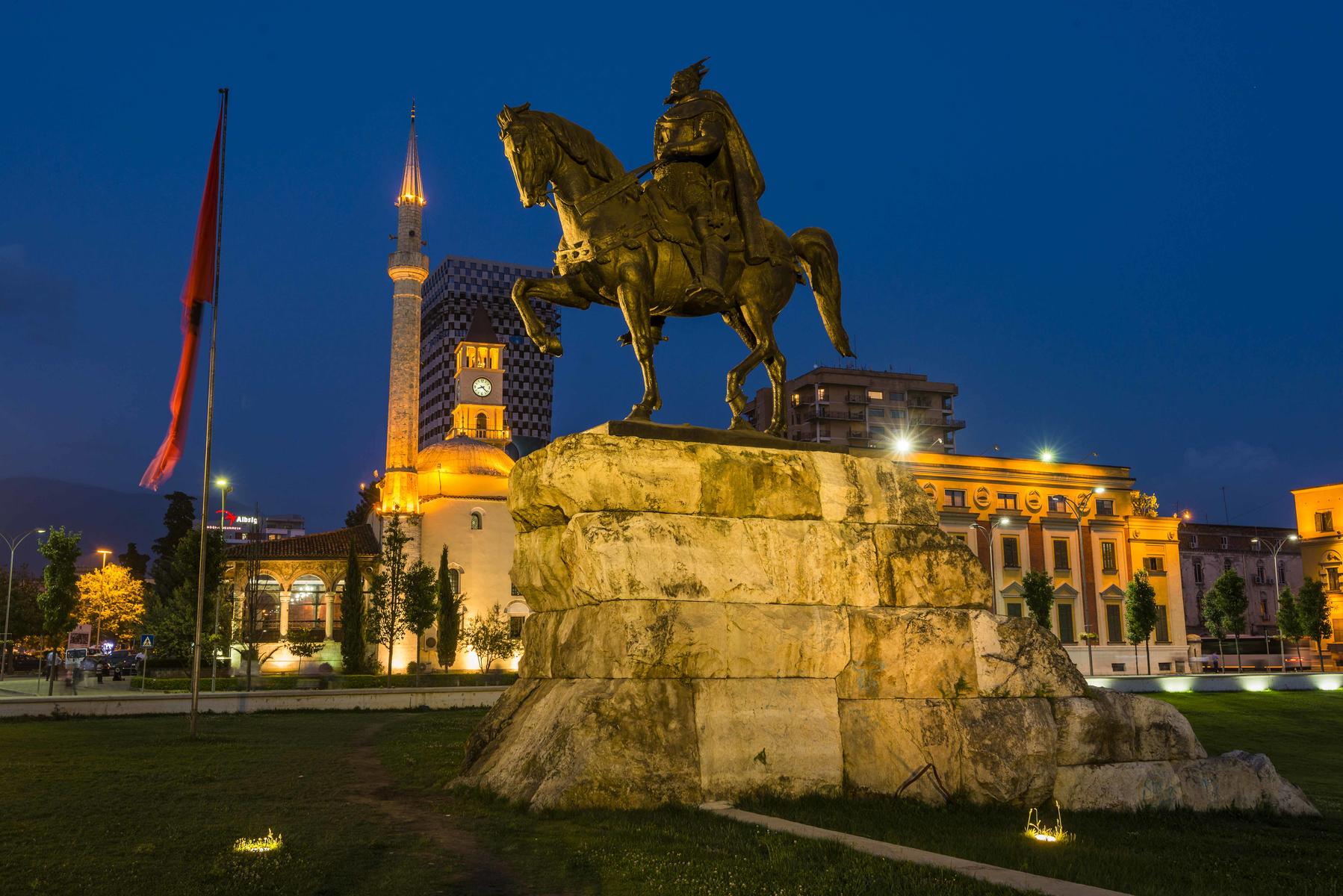
Skanderbeg fortress Klsu Travel
Dunque Lassels nell'Arsenale di Venezia aveva visto, tra le altre, la spada e le armi di Scanderbeg, e la guida che dirigeva il suo percorso si era dilungata a parlargli di un fabbro divenuto famoso proprio perché era stato il fabbro "personale" di Scanderbeg. Bisogna sempre fare la tara alle parole delle guide turistiche…ieri come oggi!

Helmeta dhe shpata e Skënderbeut, inspirim për piktorin Gazmend Freitag
George Castrioti, later known as Scanderbeg, was born in 1405, into a noble family in Krujë, 20 miles north of Tirana, Albania. When George was about 18, his father, John Castrioti, the local leader, was obligated to send George as a hostage to train and serve with the Ottoman army. George excelled in military affairs and stayed with the.

Spada family heraldry genealogy Coat of arms Spada
1405. May 6 - Skanderbeg was born in one of the two villages owned by his grandfather Pal Kastrioti, in Debar region (now along the border between Albania and North Macedonia).He was a member of the Kastrioti family.Skanderbeg's father was Gjon Kastrioti (an Ottoman vassal since 1385) and mother Vojsava Tripalda.Skanderbeg's parents had nine children, of whom he was the youngest son, his.

Spada on Spotify
La spada di Skanderbeg è la lunga poesia scritta dal martire e beato monsignor Vinçenc Prennushi, tratta dall'antologia Foglie e fiori. Patria e fede nelle poesie di un martire in Albania, pubblicata da Grecale Edizioni, 2022.Il componimento, di14 strofe di 8 endecasillabi ognuna, vuole essere un invito rivolto all'eroe contemporaneo Guglielmo di Wied, affinché possa raccogliere l.

Snyper Spada Brushed
Following Skanderbeg's death, his wife and son crossed the Adriatic to settle in Italy. It is said that they took the helmet and arms with them, and the helmet and two swords eventually entered the Kunsthistorisches Museum, thanks to a collection made in the 16th century by Archduke Ferdinand II of Tirol. Archduke Ferdinand inherited Ambras.
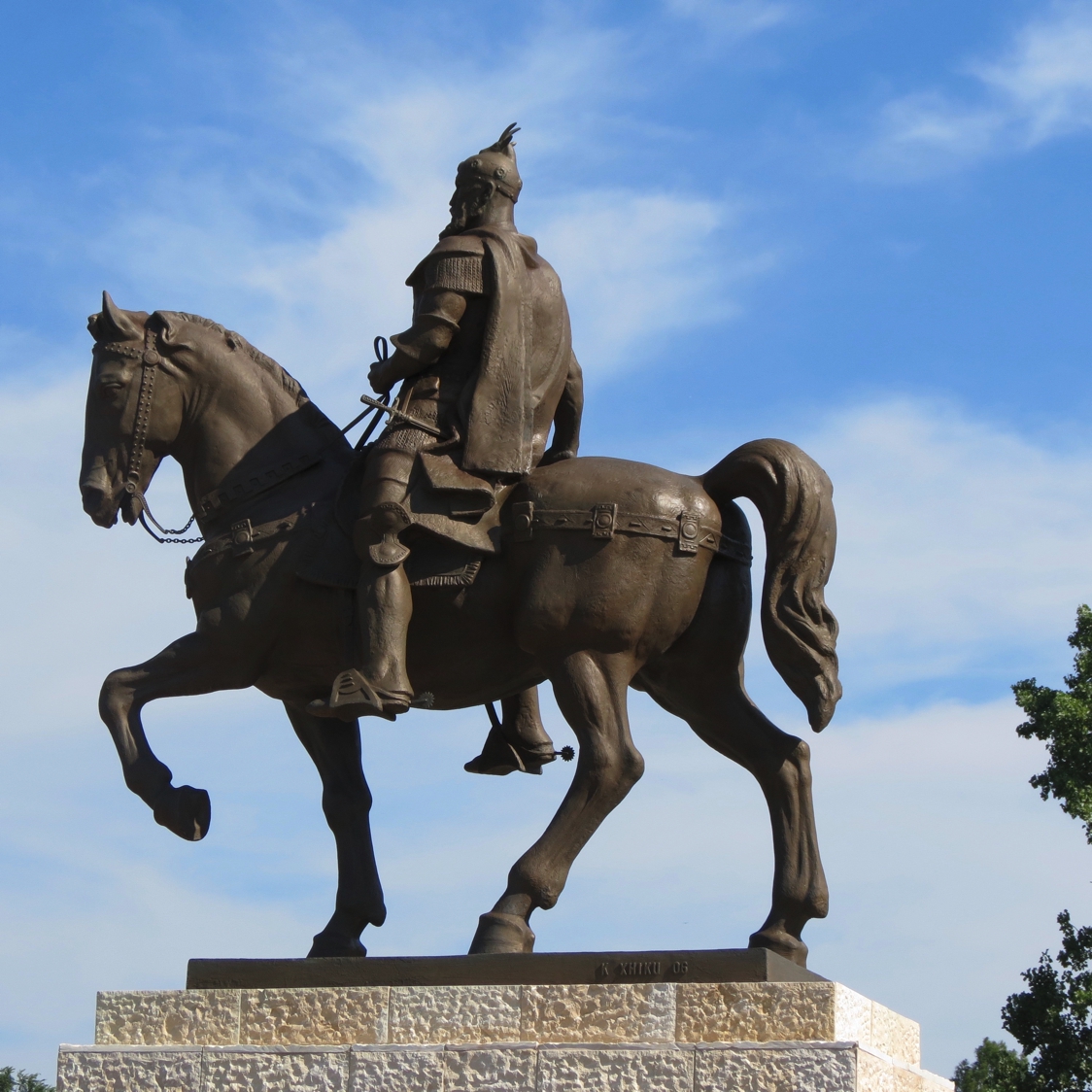
Equestrian statue of Kastrioti Skanderbeg in MI Rochester US
Skanderbeg was born Gjergj (George) Kastrioti in 1405 in the town of Krujë in the Albanian mountains. He was the youngest son of a local ruler, but tiny Albania was under pressure from both west and east. His father, Gjon (John) Kastrioti, tried to walk a delicate political line to avoid being overthrown by either the Venetians or the Ottoman.

Equestrian statue of Kastrioti Skanderbeg in Rome Italy
The coat of arms of Albania (Albanian: Stema e Republikës së Shqipërisë) is an adaptation of the flag of Albania and is based on the symbols of Gjergj Kastrioti Skanderbeg.It features the black double-headed eagle, documented in official use since 1458, as evidenced from a sealed document uncovered in the Vatican Secret Archive (fund: Miscellanea, vol. XXXIX, doc. 2398), addressed to Pope.
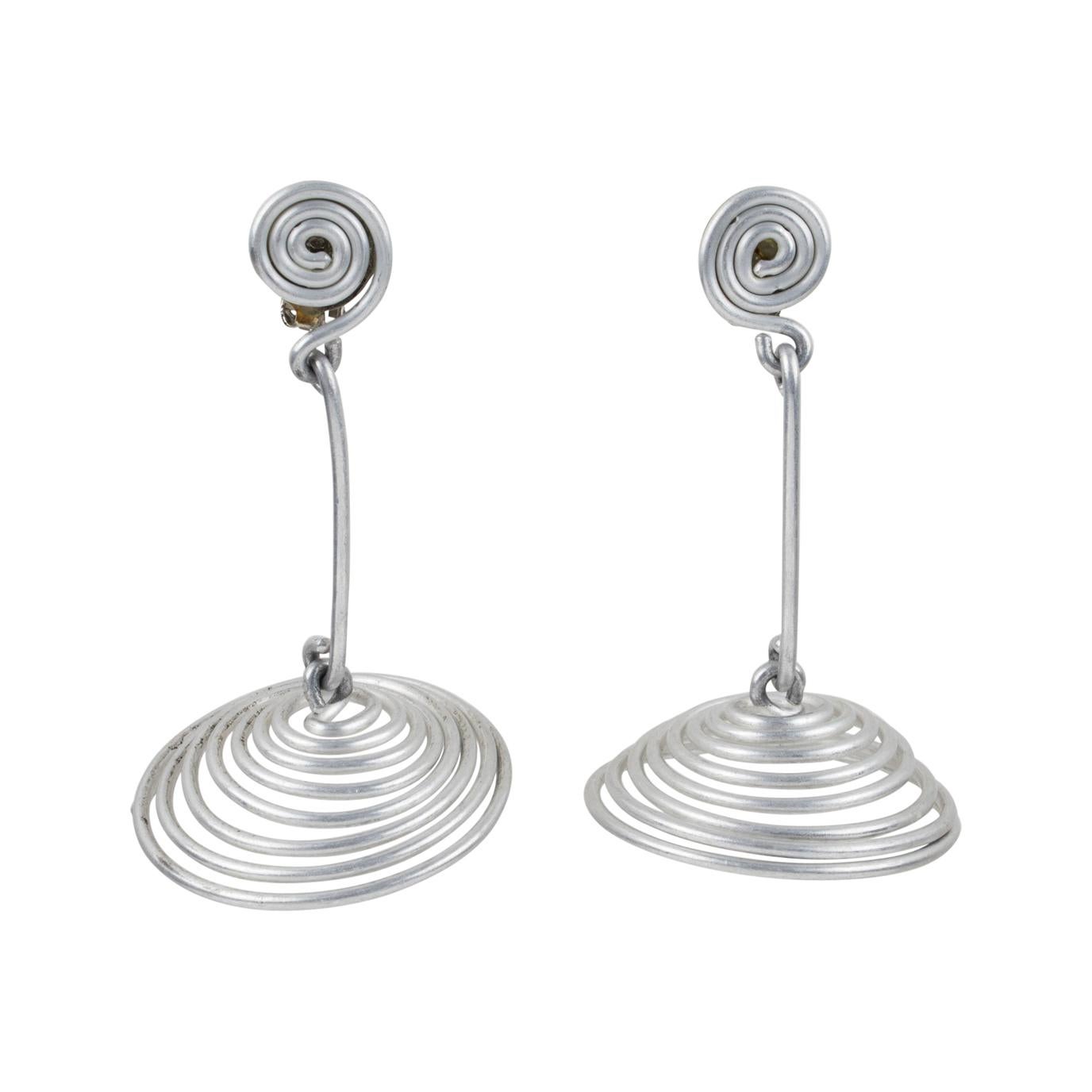
David Spada Space Age Multicolor Anodized Aluminum Dangling Clip on
Spada e corda. Skanderbeg e i Kanun, in The Living Skanderbeg. The Albanian Hero between Myth and History, a cura di Monica Genesin, Joachim Matzinger e Giancarlo Vallone, Verlag Dr. Kovač, Hamburg 2010, pp. 229-236.. G. Lafe (cur.), Il Kanun di Skanderbeg [con la traduzione integrale del Kanuni i Skanderbegut di Frano Illia], Iuridica.
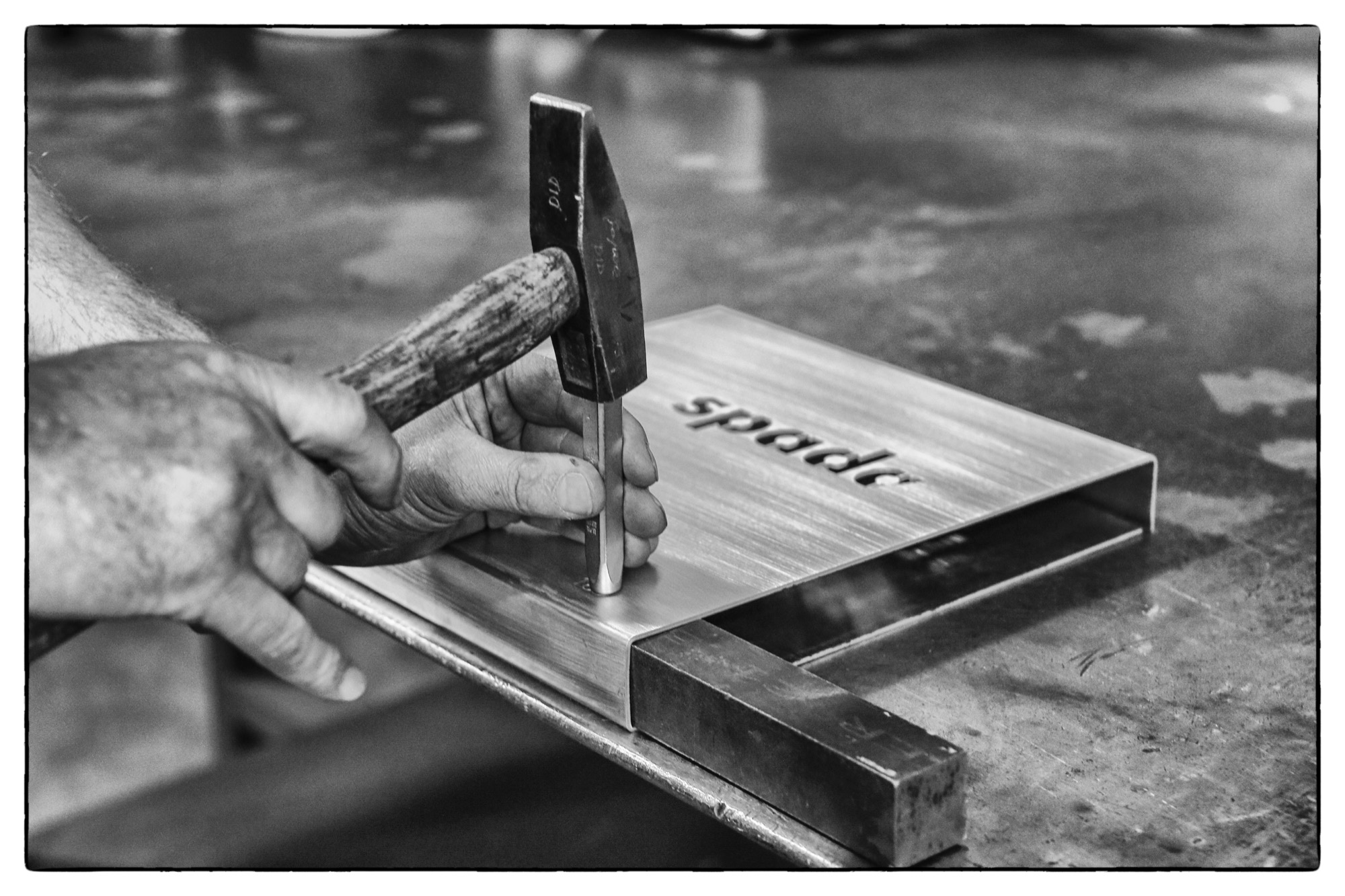
Spada Limited Edition Waft Publishing
Skanderbeg was transformed into a nation building myth by Albanian nationalist writers and thus his deeds were transformed into a mixture of facts, half truths and folklore. The Myth of Skanderbeg is the only myth of Albanian nationalism that is based on a person; the others are based on ideas, abstract concepts, and collectivism. [9]

Skanderbeg History, Albanian Leader & National Hero Britannica
Skanderbeg (born 1405, northern Albania—died Jan. 17, 1468, Lezhë, Albania) national hero of the Albanians.. A son of John (Gjon) Kastrioti, prince of Emathia, George was early given as hostage to the Turkish sultan. Converted to Islām and educated at Edirne, Turkey, he was given the name Iskander—after Alexander the Great—and the rank of bey (hence Skanderbeg) by Sultan Murad II.
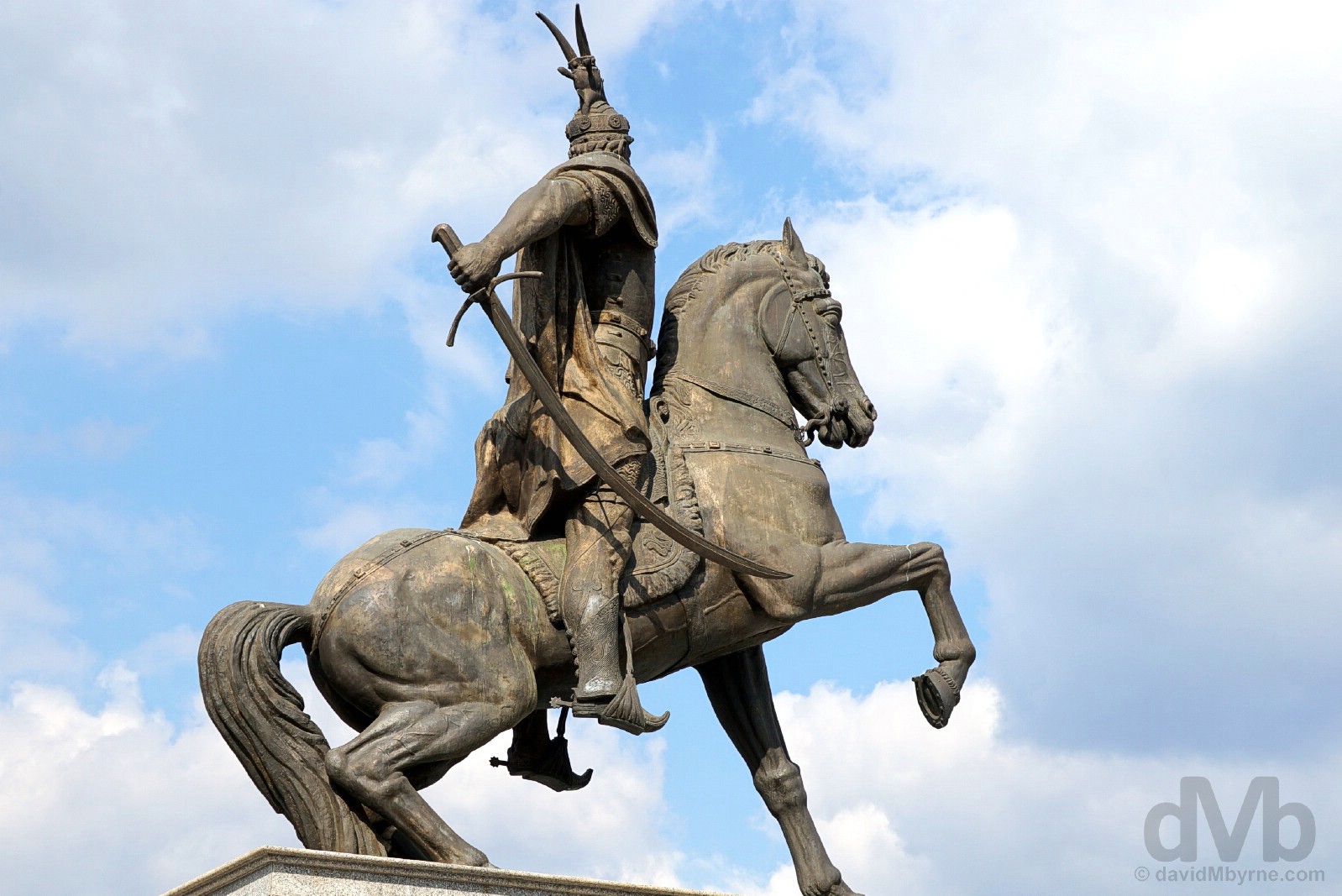
Skanderbeg statue pristina kosovo Worldwide Destination Photography
Childhood & Early Life. Gjergj Kastrioti-Skanderbeg was born on May 6, 1405, in the Principality of Kastrioti of Medieval Albania, to a formidable Albanian nobleman named Gjon Kastrioti, who was the prince of Emathia, and his wife, Voisava. He had three older brothers: Reposh, Kostandin, and Stanisha. In 1415, Skanderbeg was made a hostage in.